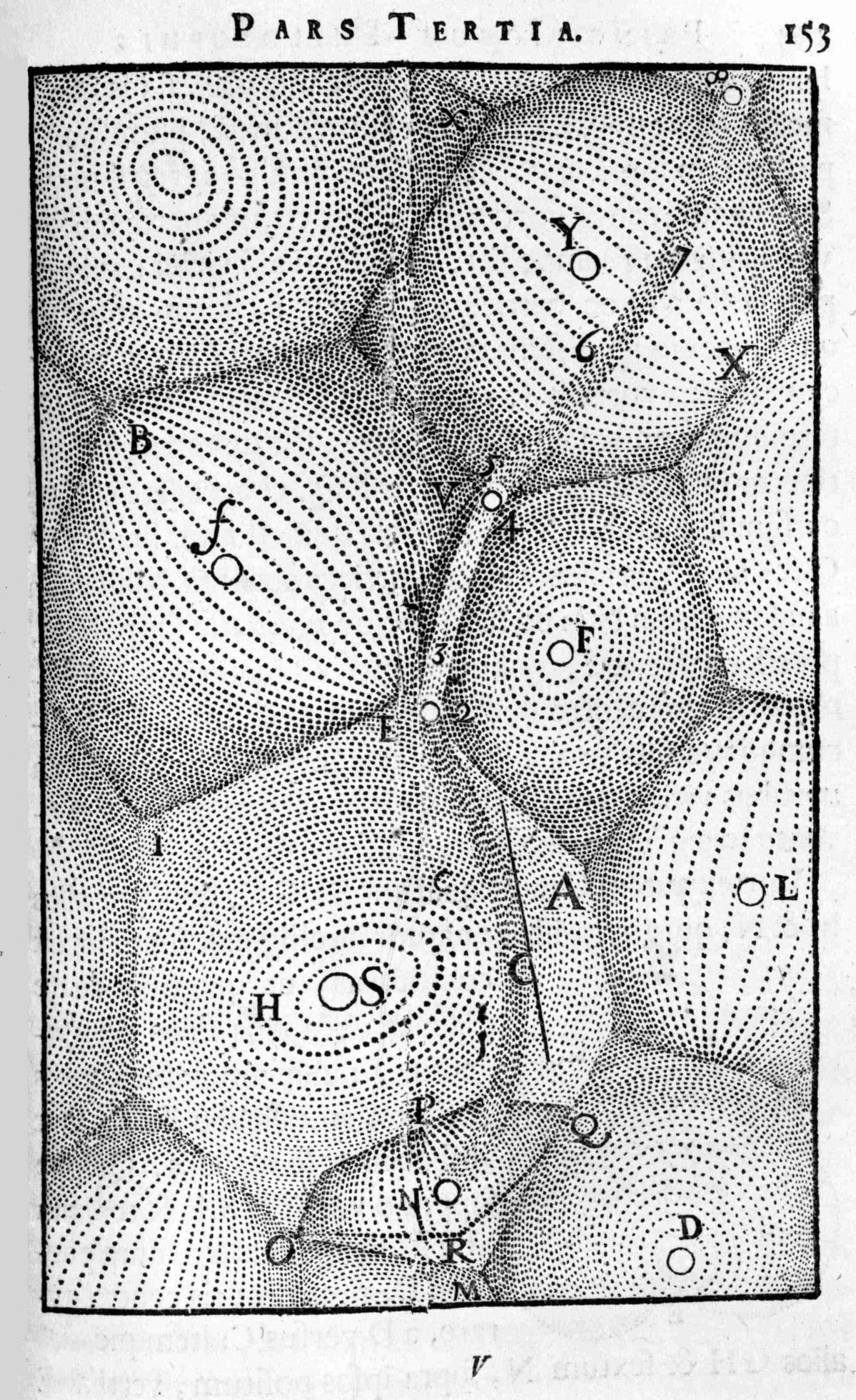Then he wondered why comets would not obey the same laws as the planets in their motion around the Sun. In this case , they should have described elliptical orbits, or if they came from far away, parabolic orbits that were only the limit of extremely elongated elliptical orbits. So just by replacing “planet” with “comet” in the statement of Kepler’s laws, Newton found that his ideas fit well with the observation of comets, and he even invented a method to find the parabolic orbit of a comet that appeared for the first time by measuring several of its successive positions relative to the stars.
It was not only the famous apple, but also the comets themselves that triggered Newton’s work. Indeed, his friend Edmond Halley (1656-1742), convinced that some comets have a closed orbit, visited him in 1684 and asked him what would be the path of a body subjected to the attraction of the Sun with a strength varying as the inverse square of the distance (this idea was in the air): an ellipse, Newton replied. Moreover, Newton sent to Halley in November a small book entitled De motu corporum in gyrum (“About the motion of bodies that rotate”), where he demonstrated his proposal. Impressed, Halley made himself familiar with the theory of universal gravitation and became its ardent propagandist.
However, Newton’s ideas were so revolutionary that they were not easily accepted in France. The existence of an attractive force exerted from a distance through a vacuum seemed too difficult to penetrate minds imbued with the ideas of René Descartes (1596-1650), for which the Universe was full of vortices of subtle matter, which transmitted forces by pressure.
Even if Newton had no difficulty showing that Descartes’s ideas were incompatible with physics, Cassini and his scientific entourage never became Newtonian. Some scholars like Father Nicolas-Louis de la Caille (1713-1762) and Pierre Louis Maupertuis (1698-1759) adhered fully to Newton’s theory, but it was only adopted by everyone after Marquise Gabrielle Émilie du Châtelet (1709-1749) had translated into French and commented on the Principia, and was defended by her friend Voltaire (1694-1778). The posthumous publication of this translation also coincided with the return of Halley’s comet in 1759, finally ensuring Newton’s triumph in France.

Les « tourbillons » de Descartes, tiré de Principia philosophiae / Descartes, 1644.
Crédit : Observatoire de Paris
